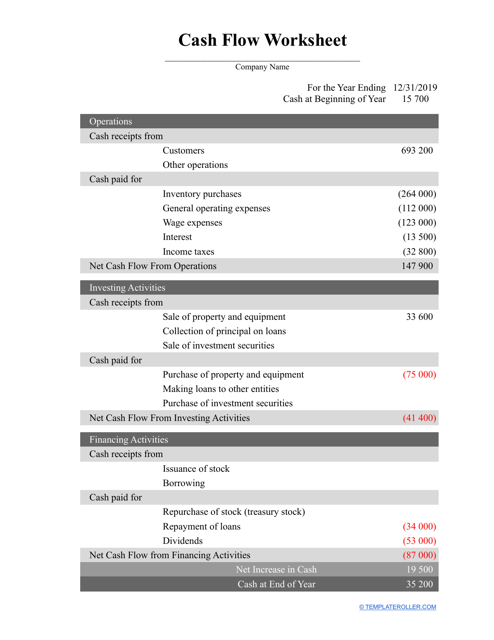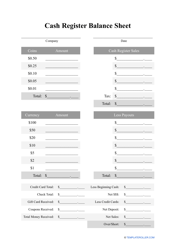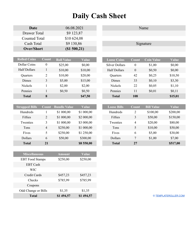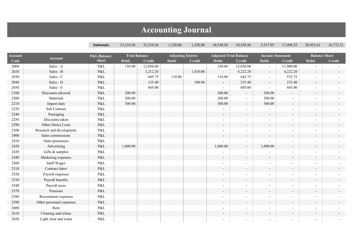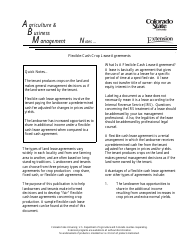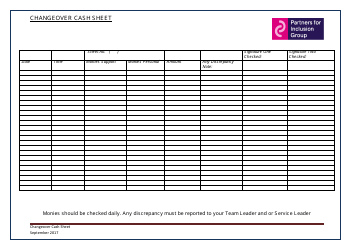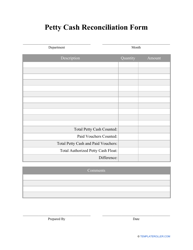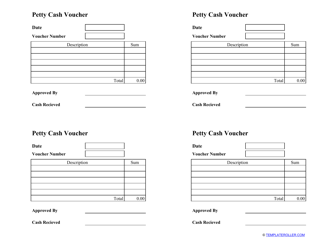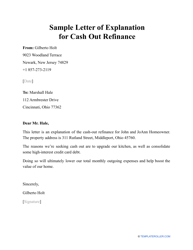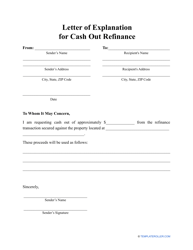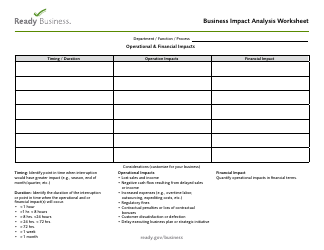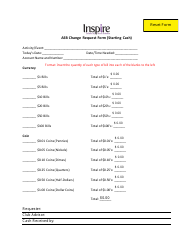Cash Flow Worksheet Template
When operating a business, it is important to use a Cash Flow Worksheet to understand what money you are expecting to receive in the coming weeks or months, what payments you will be making in that same time period, and how much available (liquid) cash you will have on hand. These factors can be tracked using a monthly Cash Flow Worksheet.
Alternate Names:
- Cash Flow Analysis Worksheet;
- Cash Flow Statement Worksheet.
By tracking these variables you will be better able to predict your business's funds further into the future and make investments in the business based on accurate information. A printable Cash Flow Worksheet template can be downloaded below.
How to Prepare a Cash Flow Worksheet?
To prepare a Cash Flow Worksheet, follow the steps below in a spreadsheet software program:
-
You will want to title each spreadsheet with your business's name and the week or month the worksheet represents. You can create a spreadsheet that covers a full calendar year.
-
Each week or month will have separate columns for projected and annual income, it can be helpful to have these highlighted in separate colors.
-
You will also want to have an annual column for total cash flow at the end of the spreadsheet.
-
Create rows for the following sections:
- Numbers relating to each week or month's total cash available (both projected and actual).
- Earned income sources (such as sales, partnerships, etc) and unrestricted contributions to the business.
- Any weekly or monthly restricted cash releases (such as agreements with another business or partner, or donations if you operate a non-profit).
- All expenses and cash spent for items such as employees or personnel, rent, purchase receipts, interest related to debt, professional fees, and any other expenses incurred for operating the business.
- It is a good idea to have a row representing the total expenses beneath the list of expenses.
- A separate set of rows representing any non-operating cash statements, such as long-term debt, contributions to benefits for employees (such as healthcare or retirement accounts).
- Below these rows you will want to create a separate row representing the total amount of money needed for the list of non-operating cash statements.
- If you have any restrictions related to your business's cash flow you will need to create a section of rows representing this information. Restrictions can include any temporary restrictions placed on your business through a bank or lender, utility service (such as electricity or water), or by the property management if your business owes back rent. You can also include a note stating the predicted date these restrictions will be lifted.
- Below the rows for temporary restrictions you will want to include a row representing the total amount of money to allocate to temporary restrictions.
-
At the bottom of the spreadsheet you will have a total amount of cash flow taken from the difference between the income and expenses associated with your business. These amounts will represent the net cash your business has on hand on a weekly or monthly basis.
Haven't found the template you're looking for? Take a look at the related templates and samples below:
